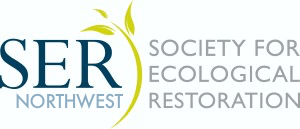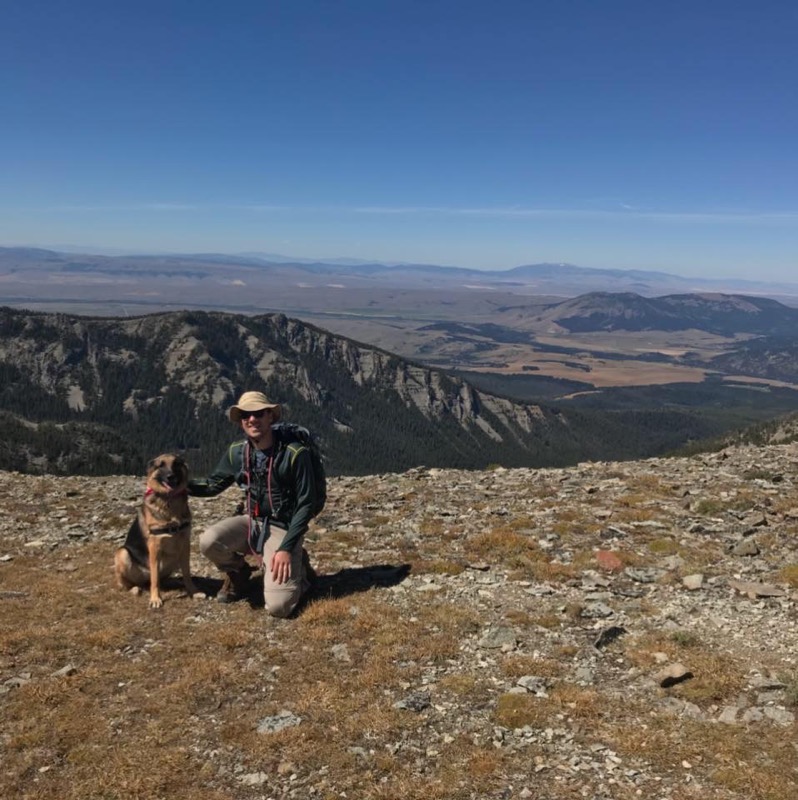
2019 Student Grant Award Winners
SERNW offers grants to support student research intended to improve restoration of natural systems (e.g. forests, wetlands, shrub-steppe, etc.) within the Pacific Northwest eco-region (WA, OR, AK, MT, ID, Northern CA).
Congratulations to our 2019 grant recipients!
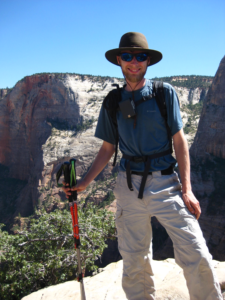
Eric Butler, Portland State University
Eric Butler is currently working towards a M.Sc. in Environmental Science and Management at Portland State University in Portland, Oregon. His background is diverse and well suited to support restoration ecology, and includes being a botanical research technician, helped to implement management of a watershed basin, providing training and outreach through teaching and technical presentations, and he has studied invasive plant species distributions and eradication methods in multiple systems. Eric’s research that has received funding from SER NW is titled: The Invasion Ecology of Ivy in Portland’s Forest Park. Forest Park is a large, iconic urban forest park in Portland, that has multiple invasive species issues and vulnerabilities. His research focuses on the invasive plant species, English ivy (Hedera spp.), and examines sources of invasion vulnerability and resistance on plot- and landscape-scales. It also seeks to identify how these factors relate to the overall health of an important Northwest ecosystem patch that is under urban stress. The factors he will analyze includes understory shrubs, canopy cover, topography, dead biomass, soil conditions, interiority, and the impacts of roads and trails, as well as the spatial patterns of ivy distribution within the Park. His findings will likely have important implications for how ecosystem and Park managers think about and manage ivy in urban landscapes. The SER NW Student Grant funding will specifically go towards providing resources for Eric to complete his research analysis, as well as to support his sharing of his findings at professional conferences and other venues, where he will interact with other professionals working on the ubiquitous problem of invasive plant species.
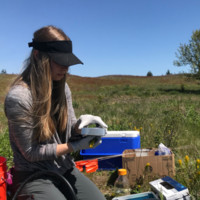
Victoria Fox, University of Washington
Victoria Fox has an Honors Bachelor’s in Environmental Science, with a minor in Restoration Ecology, from the University of Washington, and is currently completing a Master’s in Environmental Science also from the University of Washington. Her background is firmly rooted in academic research, where she has provided her skills as a graduate teaching assistant overseeing complex lab studies and field surveys within the greater Seattle region, she has performed research on terrestrial restoration in support of graduate student research, and has cultivated and cared for native plant species of the Northwest in a nursery setting. She has continually been a leader in her community, including being the President of the Society for Ecological Restoration- UW Chapter, and as a volunteer advocate for UW SEED (Students Expressing Environmental Dedication) where she assisted with a diversity of campus pro-environmental activities. Victoria’s SER NW-funded research is titled: Understanding the Microbiome of Threatened Castilleja levisecta and Endophyte Applications to Restoration Ecology. Microbial ecology is being recognized as important to successful restoration due to increasing awareness ofnimportant microbial functions on individual plants and overall ecosystem health. Her proposed research aims to understand a crucial yet understudied mechanism of microbial transport: inheritance of beneficial endophytes from a host plant to a parasitic plant. Castilleja levisecta, a threatened plant native to Puget Prairie ecosystems, will be used as a model plant to illuminate the process of endophyte transfer between attached plant species. The knowledge gained through this research will directly benefit land managers intending to assist C. levisecta populations, as well as land managers applying microbial diversity and community interaction enhancing techniques within restoration sites. Additionally, this work will build on the body of knowledge within microbiology and ecological community interactions by further discovering which microbial species exist in Puget Prairies and how these microbes are interacting with plant species in this ecosystem. The SER NW funding will specifically help Victoria complete her lab research, including supporting seed processing and germination, as well a genetic analysis.
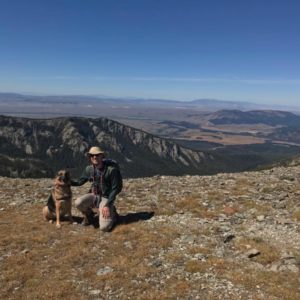
Nathan Carpenter, Pennsylvania State University =
Nathan Carpenter has a Bachelor of Science in Geosciences, with a Minor in Geographical Information Systems, from Pennsylvania State University. He is currently working toward completion of a Master of Science in Geosciences – Geochemistry Option, and a Certificate in Restoration Ecology, from Montana Technological University. Nathan has experience in both field surveys and lab analysis, through helping research on plant and fungal remediation techniques in metal-contaminated soils, studying how cultivation affects the development of soil organic and inorganic matter in the context of the soil parent material, and during a collaborative research project focused on understanding the geochemical effects of acid mine drainage. These projects all involved specific lab techniques, including ICP-AES, ion chromatography, Lithium metaborate fusion, acid and base titration, and X-ray diffraction; which all complement the field sampling Nathan also performed for these studies. Nathan’s SER NW-funded research is titled: Mycorrhizae assisted metal and metalloid uptake of native plants. This study is intended to determine the most effective combination of plants and mycorrhizae that can be used in the future remediation and restoration of mining contaminated soils in Butte, MT, which has application to other areas. The study design is intended to specifically analyze how increases in plant biomass affect their ability to uptake metal and metalloid, and compared to plants with and without mycorrhizae. His research will include a controlled greenhouse experiment using soil and groundwater taken from a contaminated site, and will be performed to test plant metal accumulation. Results from this study will be used to develop recommend plant species combinations to help remediate and restore mining contaminated soils based on the metal mixtures present.
